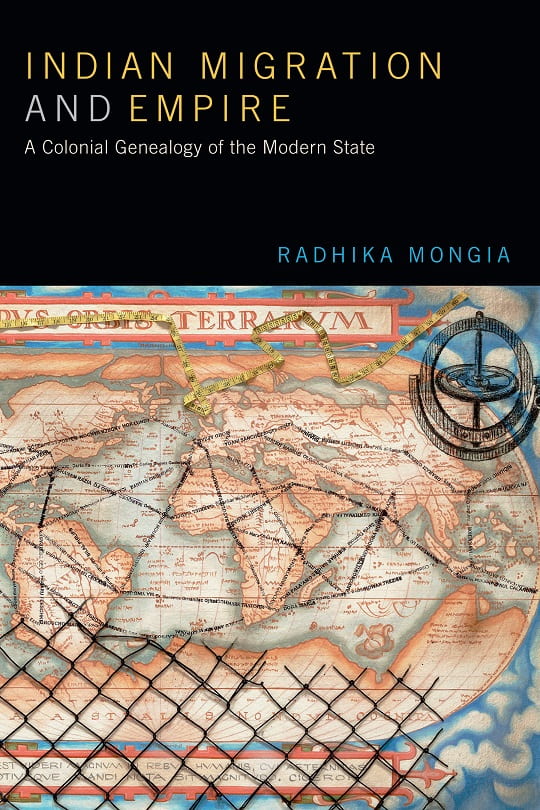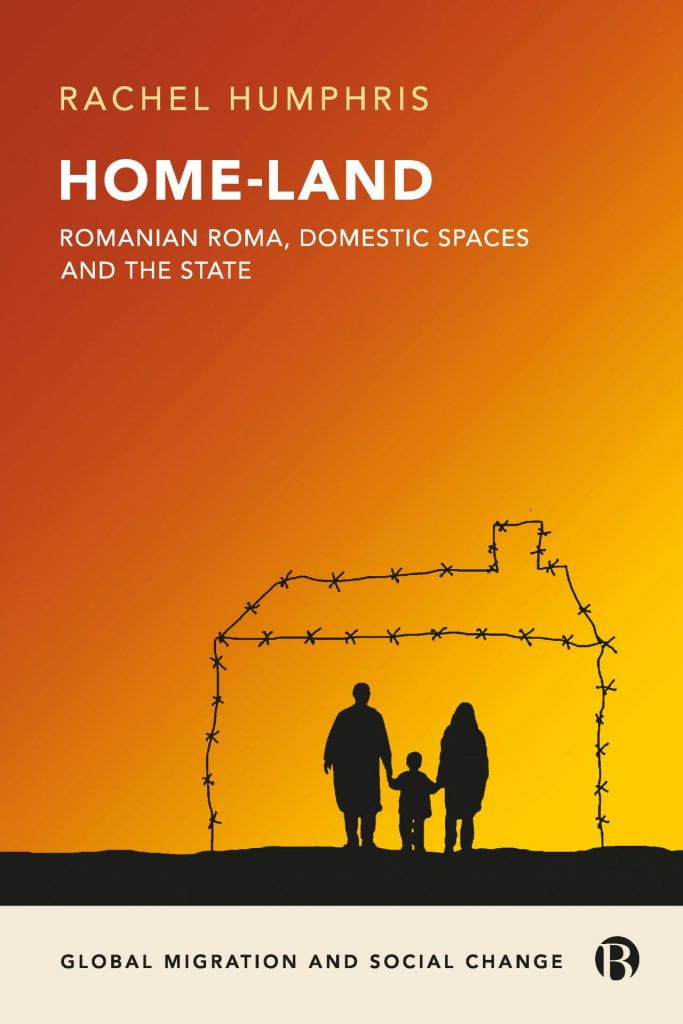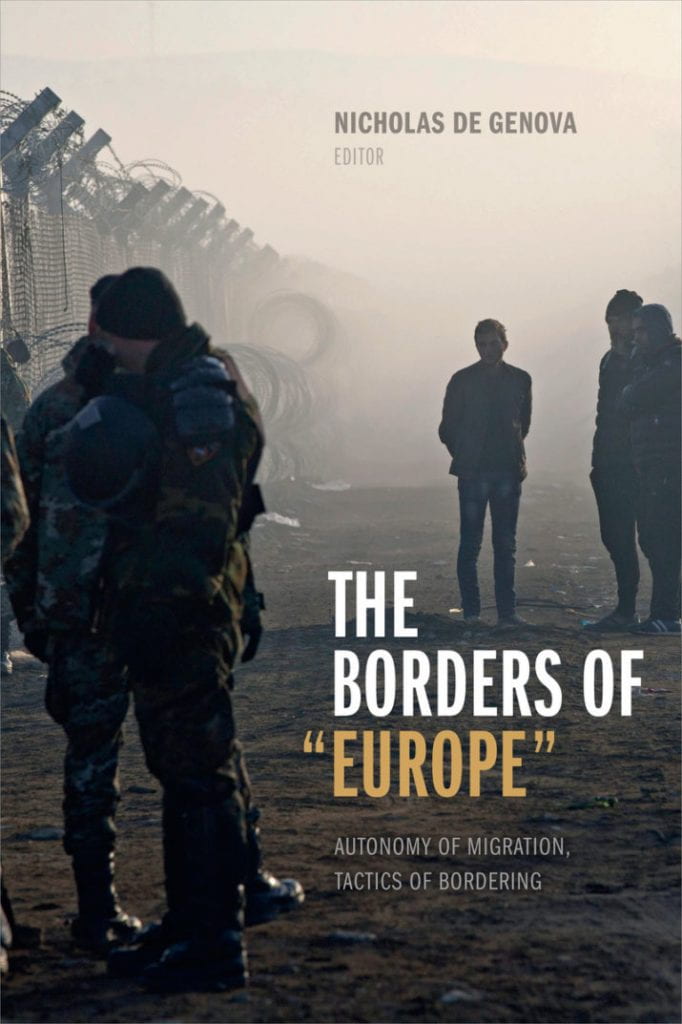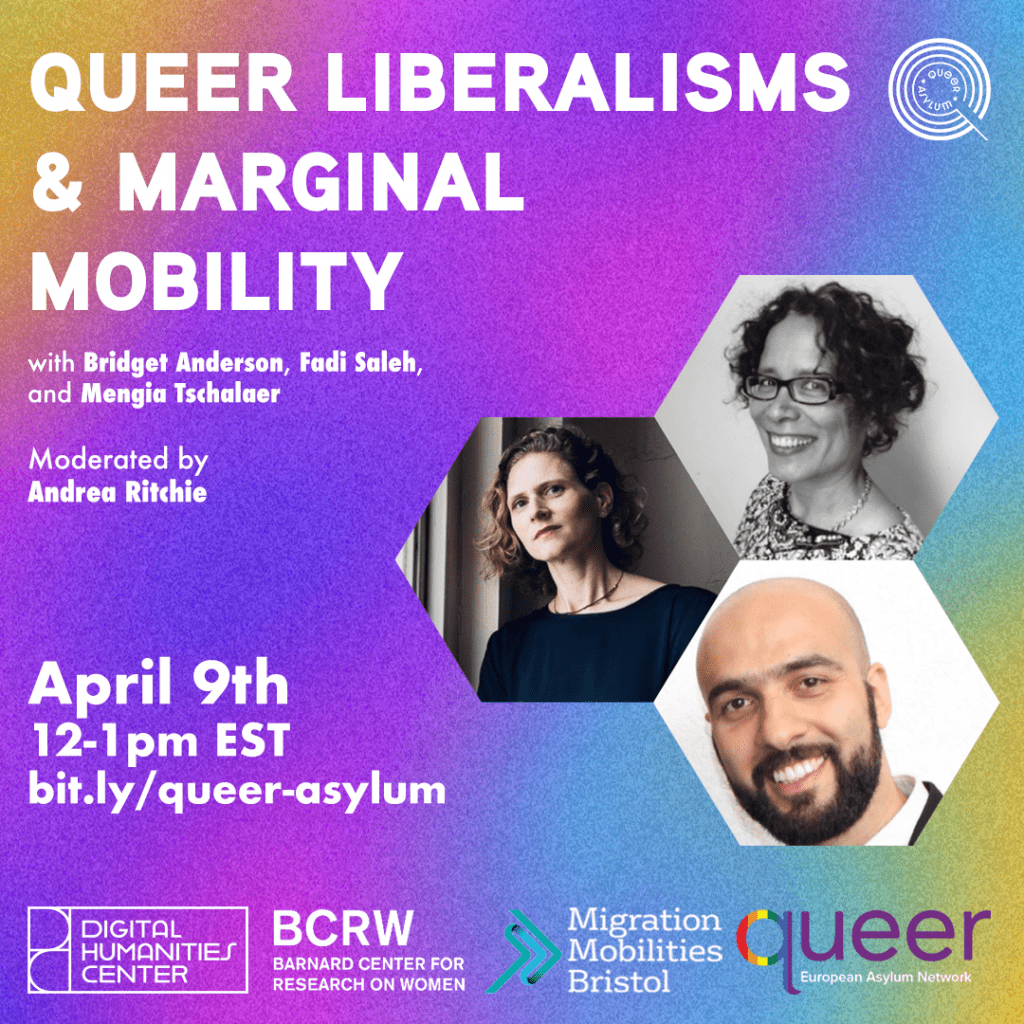New writing on migration and mobilities – an MMB special series
By Rutvica Andrijasevic.
I was in the midst of fieldwork researching the working conditions of migrant workers in the electronics industry in Central and Eastern Europe when the press ran the story about Serbian workers working and living in slavery-like conditions in Slovakia. Various articles in Serbian press, culminating with the report of a journalist who worked undercover in the Samsung Slovak factory, denounced the latter for treating workers like slaves without any rights. These reports were corroborated by the Belgrade-based NGO Anti Trafficking Action (ASTRA), which explained that the exploitation and violation of rights of Serbian workers in Slovakia is widespread not only in electronics but also in automobile and food industries.
Despite being in possession of formal contracts issued by temporary work agencies that recruited them in Serbia, workers were the subject of fraud and deception with respect to pay, working time, health insurance and social security contributions. They were locked into contracts whereby they were liable to pay damages to the employer if they left or switched employers during the probation period. If workers did not work or were fired, they had to pay for the accommodation themselves and were required to leave the dormitory immediately. In case of irregularities, workers were unclear whom to contact as they worked at plant in Slovakia but were recruited by a Serbian agency, signed a contract with a Hungarian agency and then were paid by a Slovak agency.
Overall, as Tonia Novitz and myself discussed in a recent article, this is a workforce trapped within a labour engagement that they have entered voluntarily but found difficult to exit, tied into a contract with a particular employer, under the threat of a financial penalty and/or non-payment of wages, subject to illicit deductions from pay, vulnerable to deportation, risking homelessness because of tied accommodation, isolated by geography and language, and distant from any meaningful legal protection. The case of Serbian workers in Slovakia exemplifies, as we have argued elsewhere, a regulatory failure of the current legal and corporate regulatory matrix to protect workers and prevent the conditions in which unfree labour can thrive.
What struck me in the Serbian-Slovak case was the similarity between Serbian workers’ working and living conditions and those of migrant women in the sex industry that I have researched in the past. Tellingly, it was the NGO ASTRA, with expertise in assisting the ‘victims’ of human trafficking, that took upon themselves the task of drawing policy makers’ attention and demanding that the government protects the rights of Serbian workers.
Yet, while on the ground there seems to be quite strong parallels between exploitation of migrant workers in the electronics assembly and those in the sex industry, academic literature draws strong lines of demarcation between the two groups of migrants. In fact, the scholarship on unfree labour in supply chains that studies industrial labour and that on human trafficking that examines sexual exploitation are separate and distinct bodies of research.
I suggest that what links the sectors of industrial and sexual labour is not only similarities of forms of control over migrant workers but also legal classification of their work. As I explain in my recent article ‘Forced labour in supply chains: Rolling back the debate on gender, migration and sexual commerce’, the separate treatment of sexual and industrial labour exploitation both by researchers and in law and policy has inadvertently posited sexual labour as the ‘other’ of industrial labour. Consequently, this separation has obfuscated how the legal blurring of boundaries between industrial and service labour is engendering new modalities of the erosion of workers’ rights that are increasingly resembling those typical of sex work.
It is perhaps understandable that scholars of unfree labour in supply chains discount debates on human trafficking, as they do not want to get caught up in vehement discussions over whether sexual labour constitutes economic activity or violence against women. Yet, to do so is to overlook the large body of work on human trafficking by migration, post-colonial and transnational feminist scholars who have shown the interdependency between sexual labour, industrial labour and broader economic development. It is also to overlook the fact that unfree labour pivots on forms of control and exploitation, whether by employers or the states, that are embedded in normative assumptions about gender and sexuality.

This is the image at the back of the business card of a workers’ dormitory in Slovakia, where some of the migrant workers mentioned in the opening paragraph were housed. The image is striking for its overtly sexualised overtones. The shape and the colour of the dress and the inviting and provocative bodily position bring up an immediate association with women working in a strip club rather than in an assembly plant. Dormitories, located in the proximity of assembly plants, merge the productive and reproductive spheres in order to enable employers to extend control from the factory floor to workers’ sleeping and living quarters, thus extracting additional value from workers’ ‘private’ lives. The overtly sexualised overtones of the image remind us, time and time again, that gender and sexuality shape both production arrangements and social relations of reproduction so as to enable labour’s enrolment into regimes of capital accumulation.
It is my suggestion that researchers concerned with understanding and eradicating forced labour from supply chains should look at the critical literature on trafficking for sexual exploitation to understand both the mechanisms that employers use to confine workers and the ways in which capital mobilizes difference to extract value from labour. Sexualizing of labouring bodies is, after all, the very condition for the expansion of transnational capital.











